Jakarta 10 Jumadil Akhir 1437/20 March 2016 (MINA) – In the first three monthly policy meetings this year (January-March) the central bank of Indonesia (Bank Indonesia) cut borrowing costs by a total of 75 basis points.
Indonesia’s benchmark interest rate (BI rate) was cut from 7.50 percent at the year-start to 6.75 percent at Thursday’s Board of Governors’ meeting. The overnight deposit facility rate and lending facility rate were also cut by 75 basis points, each, in the first three months, Mi’raj Islamic News Agency (MINA) quoted indonesia-investments.com as reporting.
The lower interest rate environment in Indonesia signals that the financial fundamentals are strong. This is partly reason behind strong inflows of foreign capital into Southeast Asia’s largest economy.
Contrary to the situation in the USA, Japan and Europe – where central banks keep interest rates ultra low or have adopted negative rates in order to create demand for credit where this demand seemingly does not exist – lower interest rates in Indonesia are a sign of strength.
Also Read: Saudi Arabia Wins Bid to Host World Expo 2030
Bank Indonesia cut its key rate to a (still relatively high) 6.75 percent because inflationary pressures have been under control, the rupiah has been appreciating sharply so far this year, while the country’s trade balance and current account balance have shown a solid improvement over the past few quarters.
Previously (between mid-2013 and end-2015), high inflation (nearly reaching 9.5 percent y/y), a dramatically depreciating rupiah and a record-high current account deficit had been jeopardizing Indonesia’s financial fundamentals and seriously undermined investor confidence in the Indonesian economy.
Contrary to the advanced economies of the USA, Japan and Eurozone, there exists strong demand for credit in Indonesia. However, this demand had been curtailed by Bank Indonesia’s high interest rates in the years 2013-2015.
Therefore when the aforementioned troubles (inflation, rupiah and current account deficit) started to become under control, Indonesian political leaders (most notably Indonesian President Joko Widodo and Vice President Jusuf Kalla) as well as the business community immediately requested the central bank to lower interest rates in order to create room for credit growth and accelerated economic expansion.
Also Read: 148 Products from Indonesia Promoted at Sarawat Superstore Jeddah
The high interest rate environment that was put in place previously was one of the factors behind Indonesia’s sharp economic slowdown that occurred in recent years. In 2015 GDP growth slowed to a five-year low of 4.79 percent (y/y).
GDP growth projections
As such, the lower interest rate environment is not only evidence that Indonesia’s monetary authorities see a stable financial condition but it also provides room for accelerated economic growth. Supported by rising realization of government spending (particularly on infrastructure), this year’s GDP growth target should be achieved. However, there exist a discrepancy between GDP growth projections between the Indonesian government and Bank Indonesia on the one hand, and, the World Bank and International Monetary Fund (IMF) on the other hand.
The Indonesian government targets a GDP growth rate of 5.3 percent (y/y) in the 2016 State Budget, while the central bank stated it expects economic growth in the range of 5.2 – 5.6 percent (y/y) this year. However, the IMF put Indonesia’s 2016 GDP growth at 4.9 percent (y/y), while the World Bank cut its forecast for Indonesia’s economic growth in 2016 to 5.1 percent (y/y) from an earlier estimate of 5.3 percent (y/y).
Also Read: Packaging Industry Supports Halal Ecosystem
In any case, all projections signal an improvement from the 4.79 percentage point GDP growth rate recorded last year and subsequently causes confidence of foreign investors in the Indonesian economy to grow.
This is not only the result of the improving (above-mentioned) domestic factors but also because advanced economies such as the USA, Japan and Eurozone remain unattractive due to low or negative rates, while the economic performance of China is still plagued by a very high degree of uncertainty. Therefore, a total of IDR 46 trillion (approx. USD $3.5 billion) worth of foreign capital inflows into higher-yielding Indonesian assets occurred since the start of the year (particularly into state bonds).
The sudden reversal of foreign capital flows, so-called hot money, always remains a risk in emerging markets. But given the Federal Reserve is not likely to raise its Fed Fund Rate in the first half of 2016 there is a good chance that foreign capital continues to flow into Indonesia, especially if oil prices continue with the strengthening trend that we saw in recent weeks. (T/R07/R01)
Mi’raj Islamic News Agency (MINA)
Also Read: Indonesia-Japan Agree on Energy Transition Cooperation













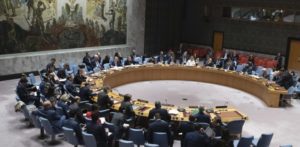

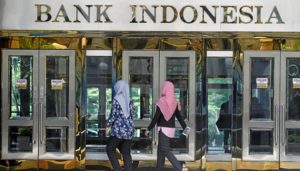
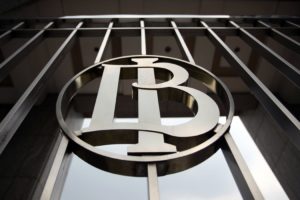
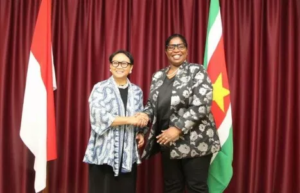
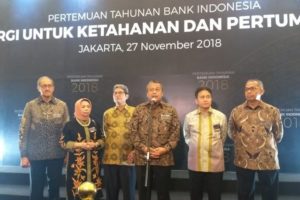

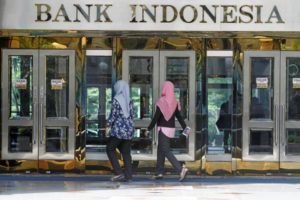





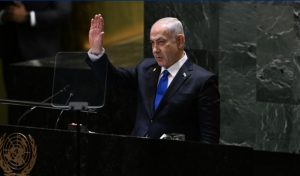
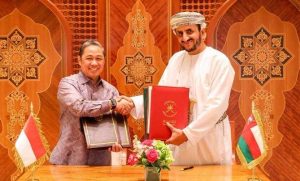
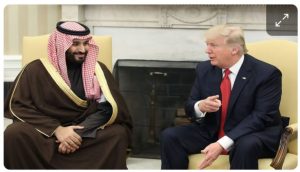





 Mina Indonesia
Mina Indonesia Mina Arabic
Mina Arabic